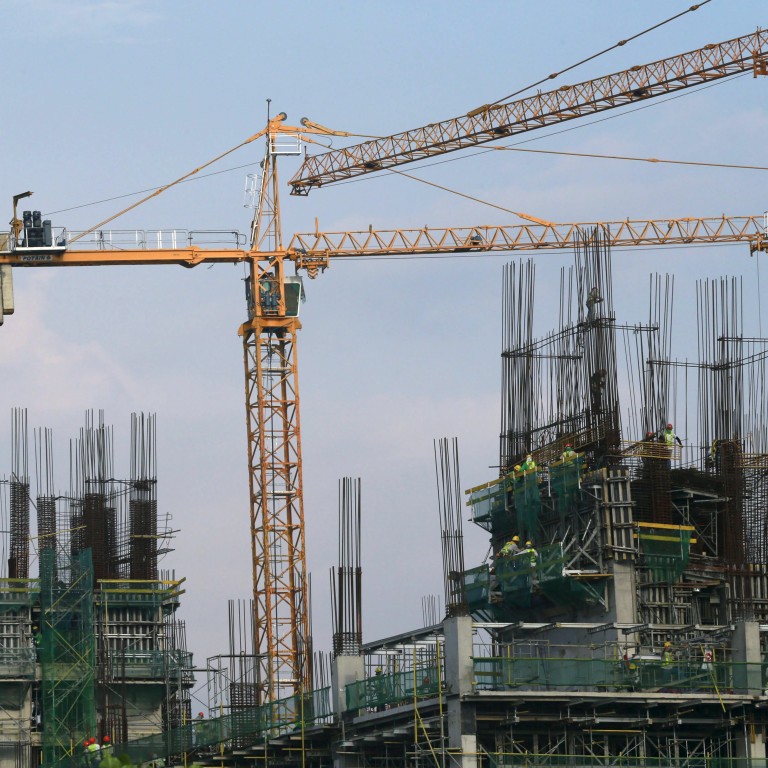
Weak China growth to spill into rest of Asia, says Asian Development Bank
Asian Development Bank expects mainland economy to expand 6.8 per cent this year instead of 7.2 per cent, with Southeast Asia bearing brunt of decline
Weaker growth in China this year is expected to cause a slowdown in the rest of Asia, the Asian Development Bank said on Tuesday as it became the latest major body to lower its forecasts for the world’s No 2 economy.
It also warned central banks to prepare for an expected Federal Reserve interest rate rise, with many nations already seeing huge capital outflows as dealers look for safer US investments.
The report comes as markets have been hit by extreme volatility driven by fears over the Chinese economy – and its leaders’ management of it – after last month’s surprise devaluation of the yuan.

In an update to its outlook released in March, the bank said growth in the region would hit 5.8 per cent this year and 6 per cent next year. March’s forecast was for 6.3 per cent for both years.
Wei said the overall outlook for the region was “still positive” but had been affected by capital flow reversals and weakened commodity prices, partly related to China’s slowdown.
The ADB tipped China – the main driver of global economic growth – to expand 6.8 per cent this year, instead of the 7.2 per cent previously estimated, following a stream of weak indicators including on trade, inflation, investment and consumer spending.
It said the growth rate would be the slowest since 1990, a year after the Tiananmen Square crackdown that led to global sanctions against Beijing. It is also below China’s official target for the year of “about” 7 per cent.
Wei said China’s “new normal” economic slowdown would continue in the long term. “I think 7 per cent would not be a bad number. Somewhere between 6.5 and 7 per cent in the next 10 years is quite a reasonable growth rate,” he said.
He said a shrinking working population of 0.3 per cent a year would translate to a reduction in GDP growth of 0.2 per cent.
Wei also said many commentators had been “excessively concerned” over China’s slowdown.
“While China faces challenges of managing a transition in growth model to being less dependent on exports and investment … the level of difficulty is not unprecedented,” he said.
The ADB said Southeast Asia was bearing the brunt of China’s slowdown, with growth in the region this year put at 4.4 per cent, before rising to 4.9 per cent next year.
Jurgen Conrad, the head of the ADB’s economic unit, told reporters in Beijing the revision was “mainly due to the delayed recovery in industrial countries reducing export demand”.
Last week, the Organisation for Economic Cooperation and Development cut its growth forecast for this year for China by 0.1 percentage point to 6.7 per cent.
The forecast for India was also lowered to 7.4 per cent from 7.8 per cent, weighed by the slow pace of reform by the new government and weak external demand, the report said.
The ADB urged regional central banks to move now on monetary policy to prepare for a US rate rise, which the Fed has said will come before the end of the year.
"To counter the impacts of a US rate rise, monetary policy authorities in developing Asia will need to find a balance between stabilising the financial sector and stimulating domestic demand," the report warned.
A tightening of US monetary policy would lead to the flight of much-needed capital from developing nations as traders move into the US for better returns.
